A Lever belt gives your abs a solid wall to brace against, which raises intra-abdominal pressure (IAP), stiffens your torso, and helps you keep a safer, stronger position under heavy squats, deadlifts, and presses. In lab work, lifters wearing belts produced higher IAP, a factor linked with lower spinal compressive forces—when you brace properly. (According to Harman et al. and Stuart McGill’s NSCA review.)
Ready to brace better? Shop Fitness Fox Lever Belts

The simple science (why belts help)
When you inhale and “brace 360°,” your diaphragm pushes down, abdominal muscles push out, and the belt provides a rigid surface to push against. That combination raises IAP and torso stiffness, which helps limit spinal motion under load and improves force transfer from legs to bar. Classic experiments showed belted lifting increases IAP, and coaching literature suggests belts can reduce spine load when used with proper bracing—not as a substitute for good technique. (According to Harman et al. 1989; McGill/NSCA.) Squat studies also compared belted vs. unbelted reps at 70–90% 1RM and documented differences in trunk mechanics and IAP across repetitions—useful context for how position can become more repeatable with a belt on hard sets.
Read more: How to Use a Lever Weight Lifting Belt

What actually changes when you wear a belt
-
More IAP and trunk stiffness. A firmer torso means fewer “good-morning squats” when the chest dips under load, and a steadier back angle off the floor in deadlifts. (According to Harman and related trunk-stiffness data.)
-
More repeatable bar path. Squat research with belts shows altered trunk mechanics across heavy sets, which many lifters experience as more consistent positions rep-to-rep. (According to Lander 1990/1992.)
-
No magic without bracing. Belts are an amplifier for your brace. Poor bracing = poor results. (According to McGill’s NSCA guidance.)
Read more: How to use Fitness Fox liquid chalk
Lever vs. prong: what’s the difference?
-
Lever belts lock to a pre-set tightness, so you can slam to training tightness in seconds and pop them open between sets—great for power work.
-
Prong belts allow finer micro-adjustments (handy if your waist fluctuates) but are slower to fasten.
If you plan to compete, note that IPF-style federations cap belts at 10 cm (≈4 in) width and ≤13 mm thickness. (According to the 2025 IPF Technical Rules.)
Read more: How Long Should You Wear a Sauna Suit
10 mm or 13 mm? Use-case cheat sheet
|
Belt |
Best for |
Feel under the bar |
Break-in time |
Typical use |
Notes |
|
Fitness Fox Lever Belt 10 mm |
Daily strength training (novice → advanced) |
Stiff but more forgiving |
Faster |
Squat / Deadlift / OHP |
Ideal first lever belt; easy to cinch tight and release |
|
Fitness Fox Lever Belt 13 mm |
Max strength, peaking cycles, PR attempts |
Very stiff, maximal torso lock |
Longer |
Heavy singles & meet prep |
Highest rigidity; many keep it for top sets only |
|
Prong Belt (alternative) |
Frequent micro-adjust needs |
Slightly slower on/off |
Similar |
Mixed training days |
Good if bodyweight fluctuates |
How to brace into a lever belt (step-by-step)
-
Set belt height. Most lifters place the top edge near the lower ribs (squat) and a touch lower for deadlifts to avoid hip pinch.
-
Big 360° breath. Inhale through the nose/mouth and expand the belly and obliques/back—not just “breathe into the chest.”
-
Push out into the belt. Think of filling every direction. The belt is your wall; press into it without over-arching.
-
Move with tension. Keep IAP through the hardest portion of the lift; reset between reps as needed.
-
Release between sets. Pop the lever to breathe normally and avoid fatiguing the brace outside of work.
Belts are most appropriate on lifts that significantly stress the low back at near-max loads. Use them to support heavy compounds—not warm-ups or isolation work.
Read more: How Long Should You Wear a Sauna Suit

When to wear a lever belt (and when not)
-
Use it for: ≥80–85% work on squats/deads, heavy overheads, and peaking phases.
-
Mix in beltless work: keep your raw bracing skill sharp with beltless volume, then belt up for the heaviest sets.
-
Skip it for: light accessories, mobility, breathing drills, and skill practice where maximal stiffness isn’t needed.
Evidence snapshot — the “According to…” highlights
-
According to Harman et al. (1989), wearing a lifting belt increased intra-abdominal pressure, suggesting potential reduction in disc compressive forces and improved lifting safety.
-
According to Lander et al. (1990; 1992), belted squats at 70–90% 1RM produced IAP differences and trunk-mechanic changes over multiple repetitions.
-
According to studies on abdominal/erector pressures, belts appear to stiffen the trunk and alter spinal muscle demands during lifts.
-
According to Stuart McGill’s NSCA review, belts may reduce spine load when combined with correct bracing, but they don’t replace technique or robust trunk strength.
Read more: How to Clean Gym Gloves: Odor-Free in 10 Minutes | Fitness Fox
High-quality mechanism table
|
Mechanism |
What the lever belt changes |
What you feel under load |
Practical takeaway |
Evidence (According to…) |
|
Intra-abdominal pressure (IAP) |
Belt gives abs a rigid wall → higher IAP |
Torso feels “locked-in,” less torso collapse in the hole |
Brace 360° into the belt before you move |
Harman 1989 showed increased IAP with belts. |
|
Torso stiffness |
Higher IAP + co-contraction → stiffer spine |
More stable back angle in squats/deads |
Keep ribs stacked over pelvis; don’t over-arch |
Abdominal-belt work showed stiffening effects. |
|
Kinematics |
Changes trunk angles under heavy squats |
More repeatable positions rep-to-rep |
Use on heavy compounds; reset between reps |
Lander 1990/1992 squat investigations. |
|
Rules & specs |
Legal dims in powerlifting |
≤10 cm wide, ≤13 mm thick |
Choose 10 mm or 13 mm to fit goals |
IPF Technical Rules (2025). |
Fit & sizing (reduce returns, increase confidence)
-
Measure at the navel while relaxed. You need enough notch/lever range to expand into the belt when you brace.
-
Height tweaks: If the belt hits ribs, lower it slightly; if it digs into hips, raise it a touch.
-
Tightness test: You should be able to take a deep 360° breath and feel firm resistance in all directions. If you can’t expand at all, it’s too tight (you’ll chase air in the chest and lose pressure).
Care & longevity (30 seconds)
-
Wipe sweat/salt after sessions; air-dry open.
-
Condition leather lightly every few months; store in a cool, dry place.
-
Check lever screws periodically; a dab of thread-locker after you’ve found your setting can help.
Common myths (quick reality check)
-
“Belts weaken your core.” There’s no good causal evidence that an intelligently used belt deconditions the trunk; the bigger risk is never training beltless. Keep beltless volume in the plan and use the belt strategically for heavy work.
-
“Belts fix bad form.” They don’t. The belt amplifies your brace; it doesn’t correct poor bar path, stance, or depth. Technique first—belt second.
When to seek guidance (safety first)
If you experience sharp lumbar pain, numbness/tingling, loss of strength, or pain that doesn’t improve with deload and form work, get an assessment from a qualified clinician/coach. A belt is a tool—not medical treatment.
Fitness Fox picks (build your bracing system)
-
Fitness Fox Lever Belt 10 mm — your daily driver: fast on/off between sets, quicker break-in, all the stiffness most lifters need for squat, deadlift, and overhead work.
-
Fitness Fox Lever Belt 13 mm — peak stiffness for PR attempts and meet prep; the most “locked-in” feel we offer.
-
Pair with Fitness Fox Knee Sleeves for warmth and proprioception on volume squat days, and Fitness Fox Wrist Wraps for stable pressing mechanics.
FAQs
Do lever belts instantly add kilos to your lifts?
-
They improve bracing efficiency, so you transfer force better and feel safer under heavy loads. PRs come from programming + skill, with the belt helping you express strength more consistently. (Mechanism and NSCA guidance.)
Should beginners use a lever belt?
-
Yes—after they learn to brace without one. Introduce a belt for heavy compounds while keeping plenty of beltless volume to develop natural IAP control.
What thickness should I buy first?
-
Most lifters start with 10 mm for versatility and faster break-in; move to 13 mm if you prioritize maximum stiffness for top singles.
How tight should it be?
-
Tight enough that a deep 360° breath meets firm resistance in all directions, but not so tight you can’t expand your abdomen. You should push into the belt—not just cinch it tighter.
Is a lever better than a prong?
-
For many strength athletes, yes—lever is instant on/off between sets. If your waist fluctuates often (weight cuts, seasons), a prong may suit you better.
Lever belts don’t do the lifting for you—they let your brace do its job better. Use yours on heavy compounds, practice 360° breathing, and keep some beltless training so your natural bracing stays sharp. When you’re ready for a belt that locks fast and feels rock-solid under the bar, choose the thickness that matches your goals:
-
Fitness Fox Lever Belt 10 mm for everyday strength cycles
-
Fitness Fox Lever Belt 13 mm for maximal stiffness on PR day
Train strong, brace smarter—and lift with confidence.
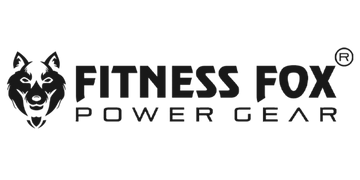

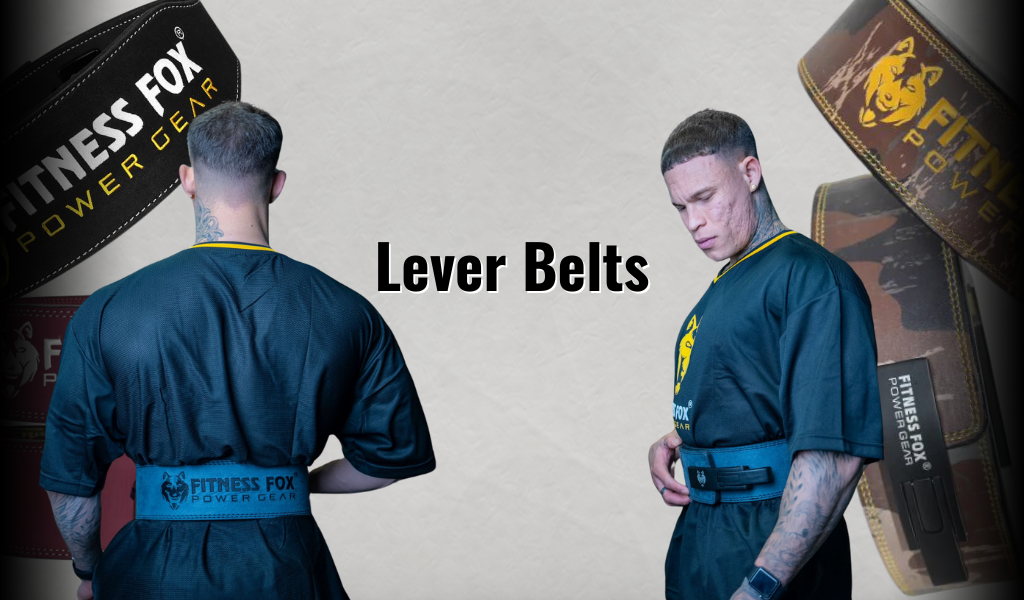
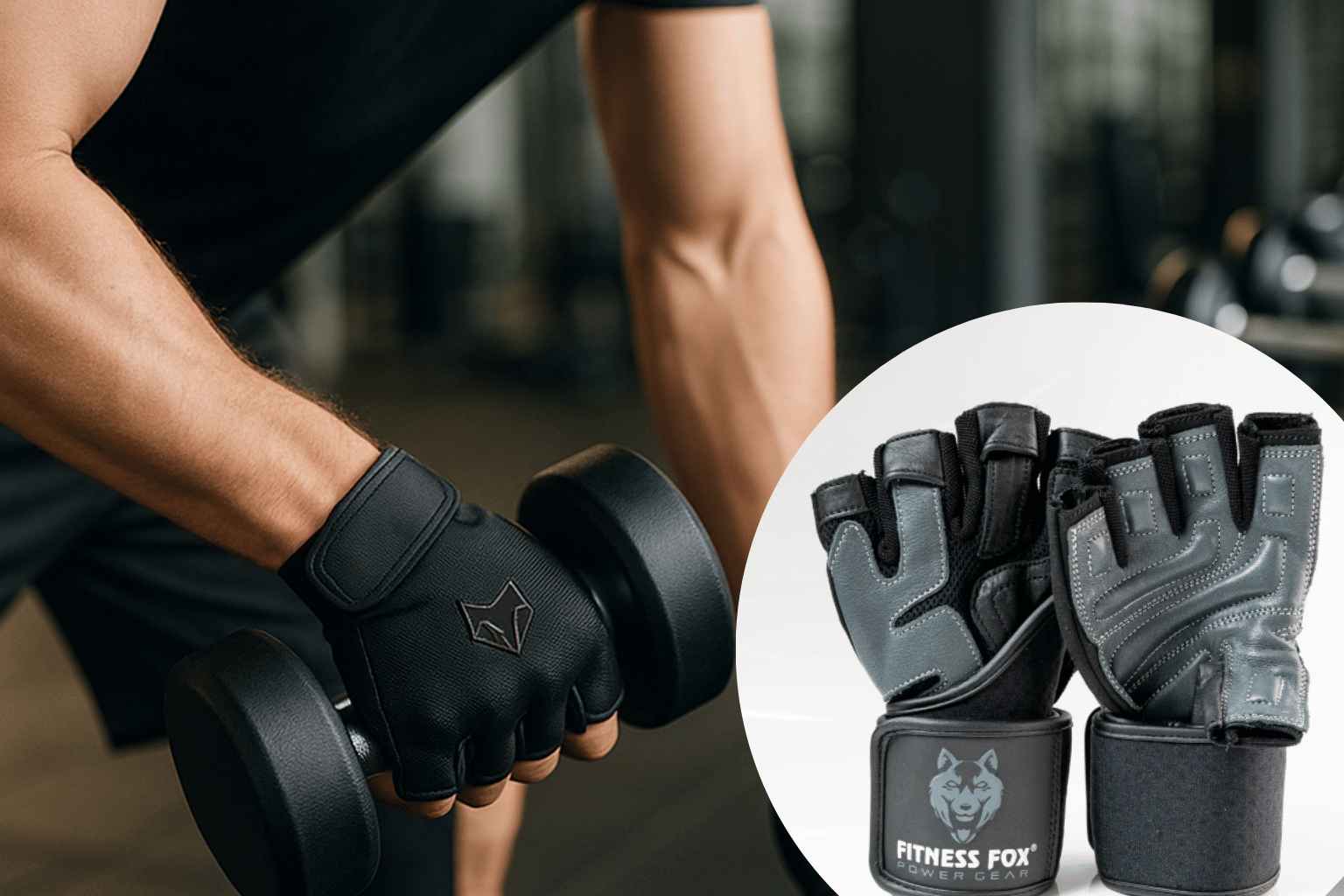
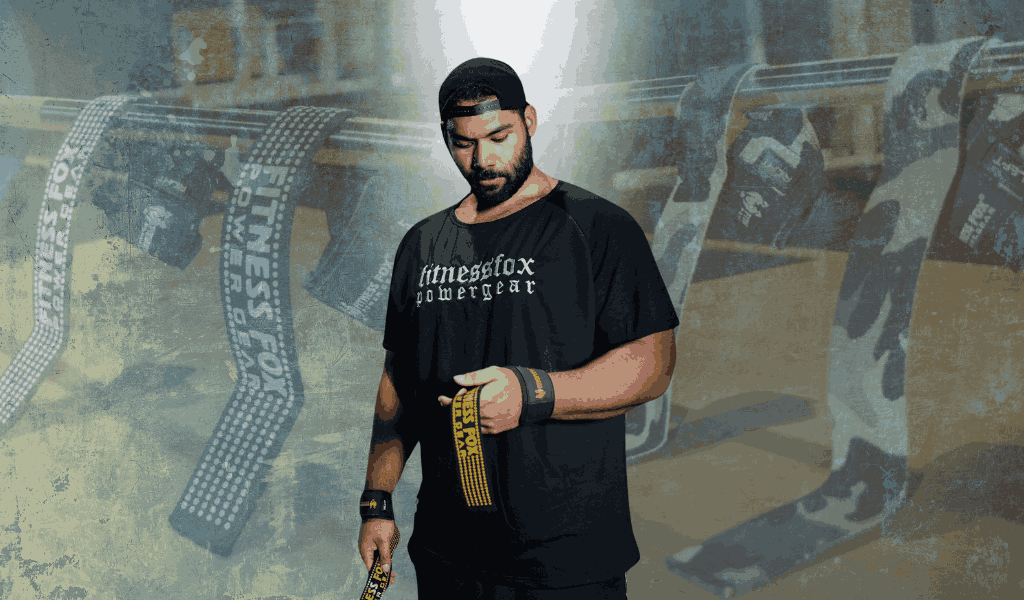
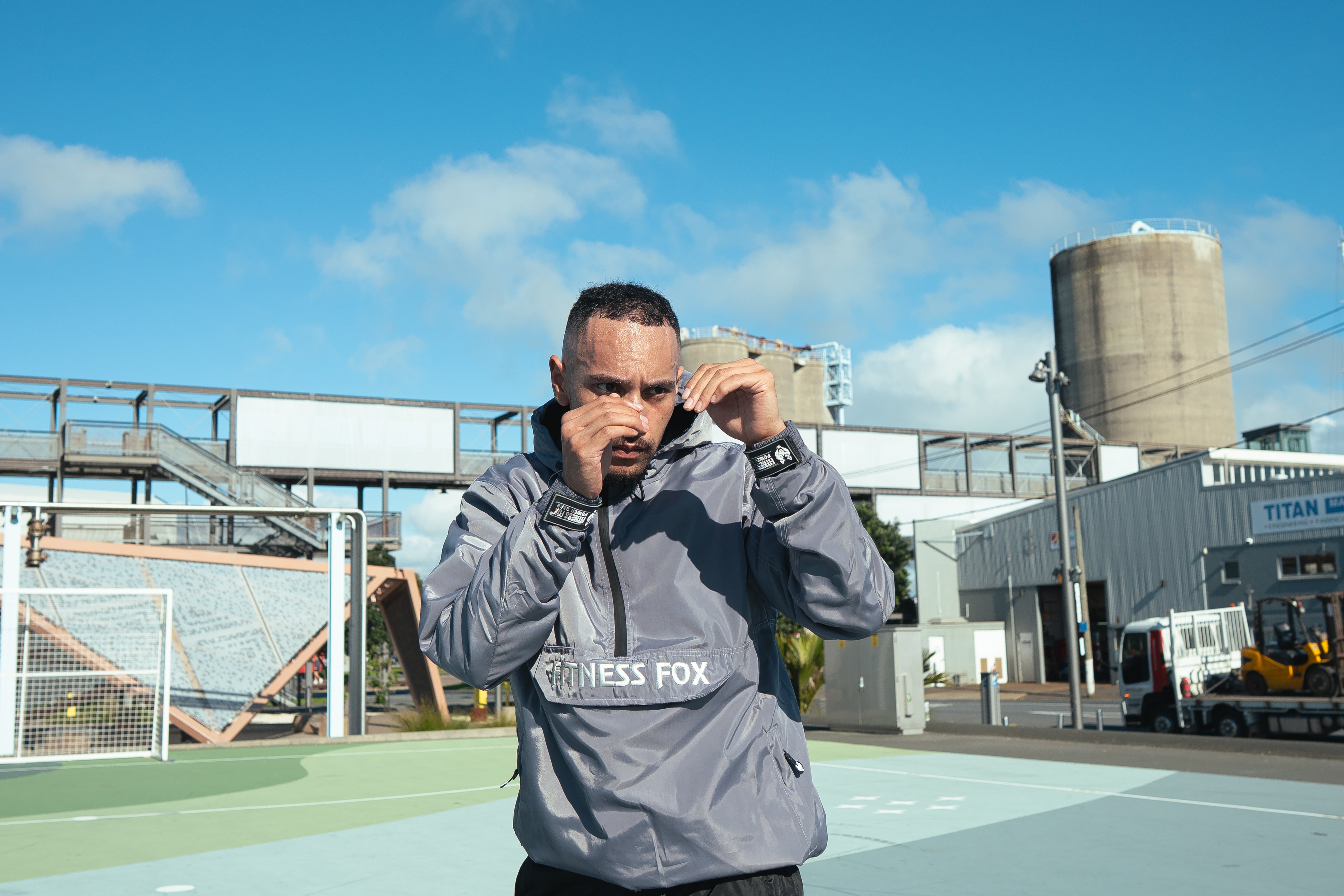

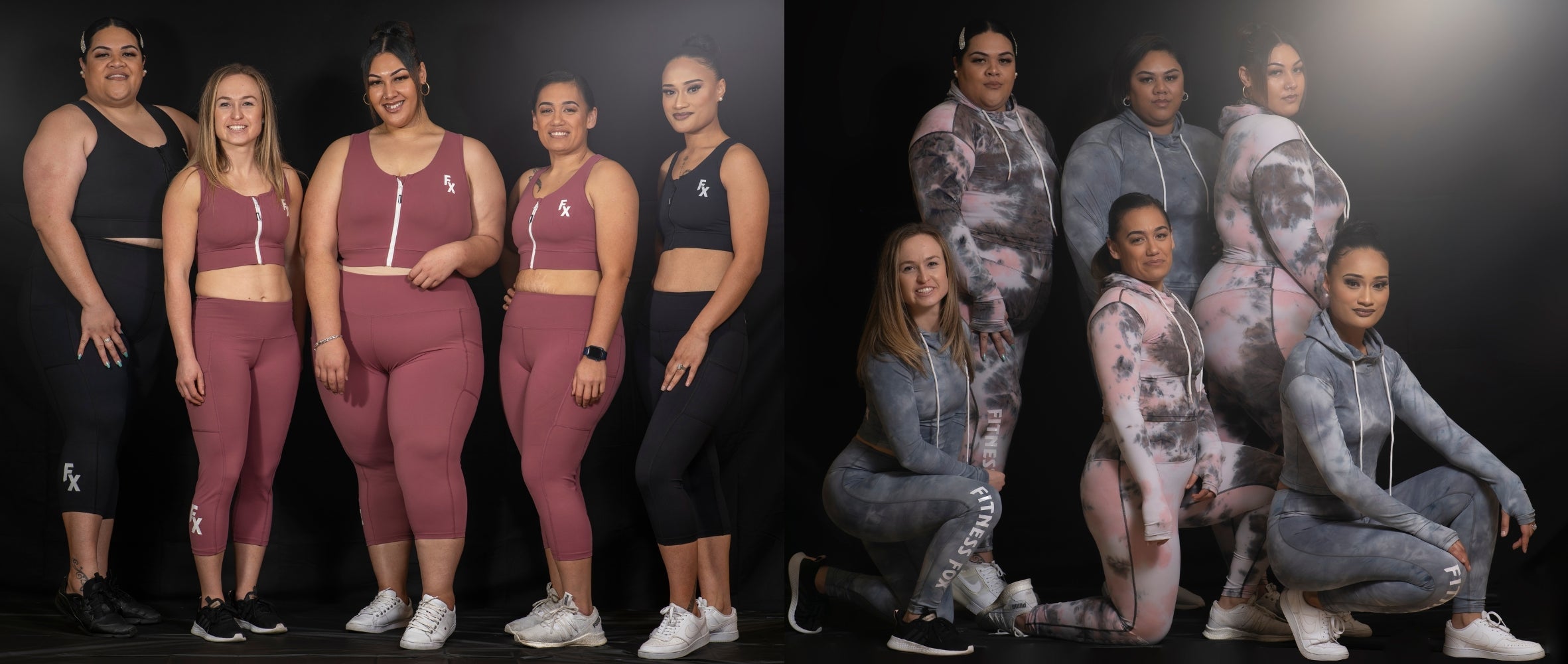


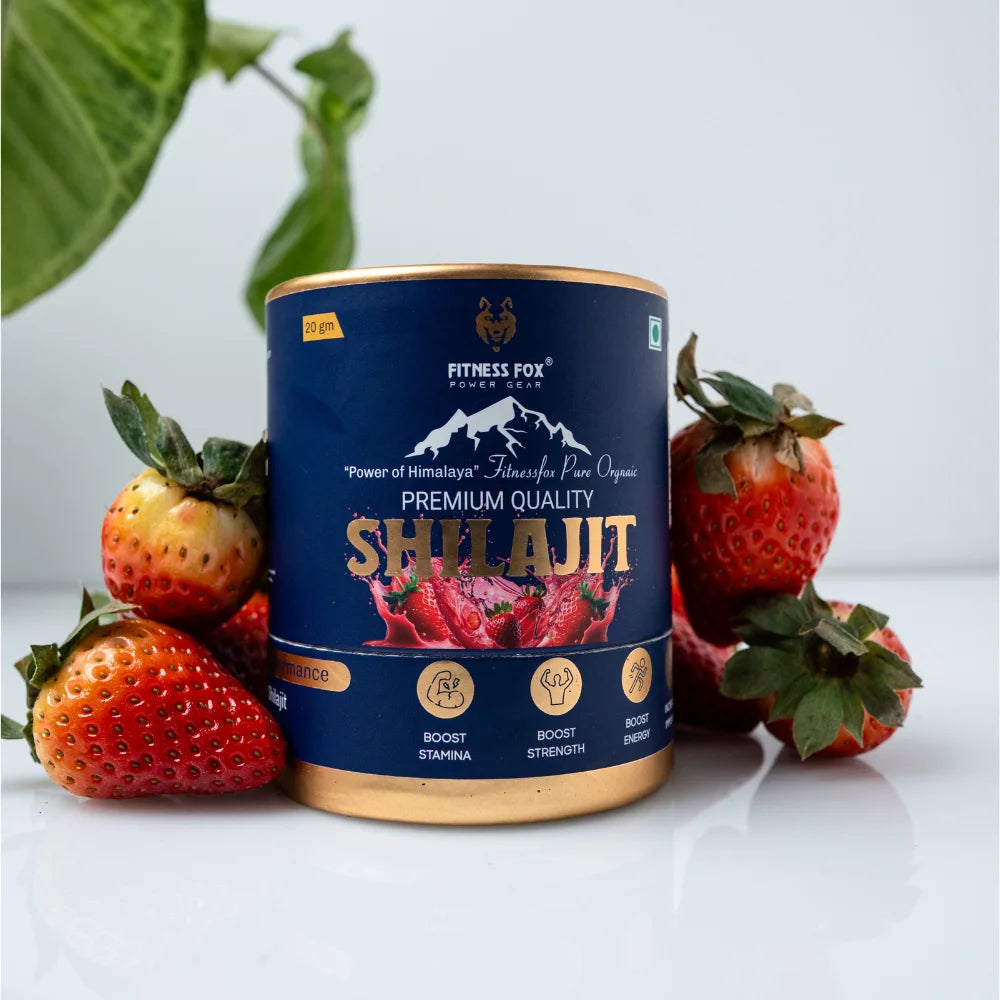


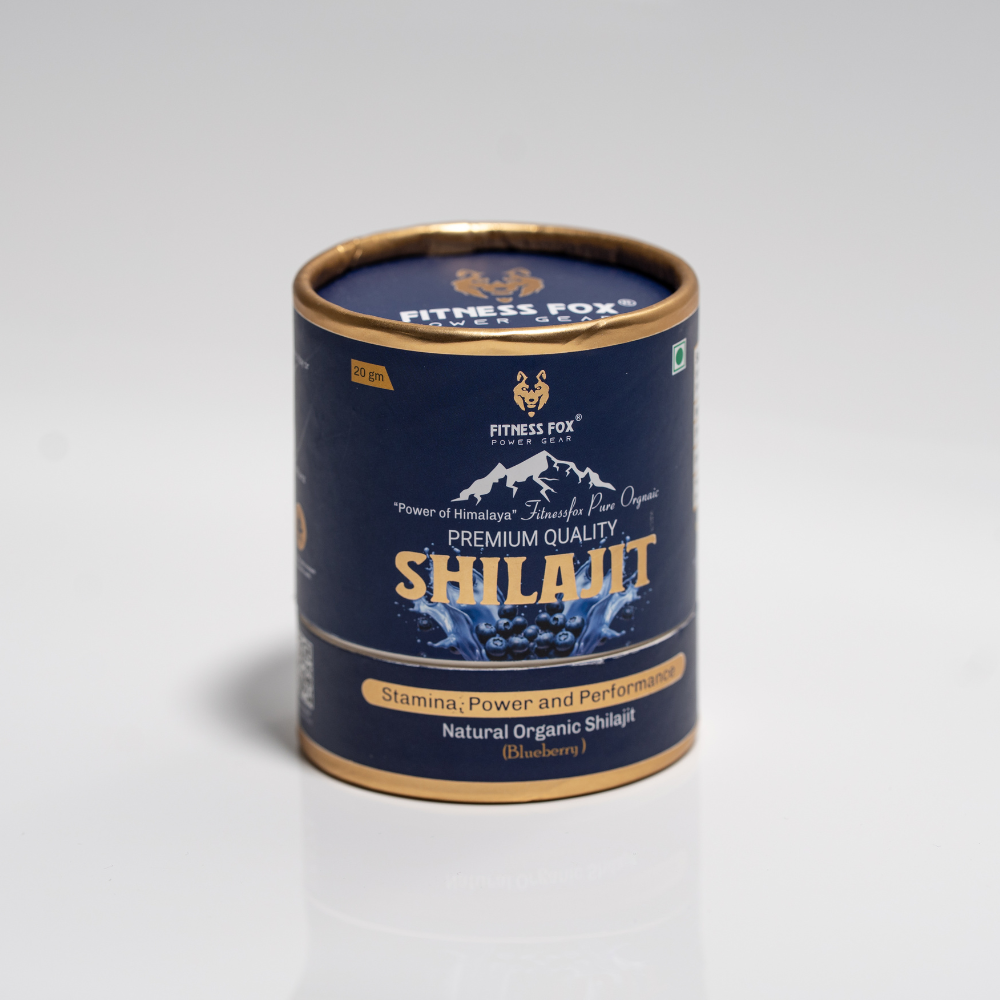
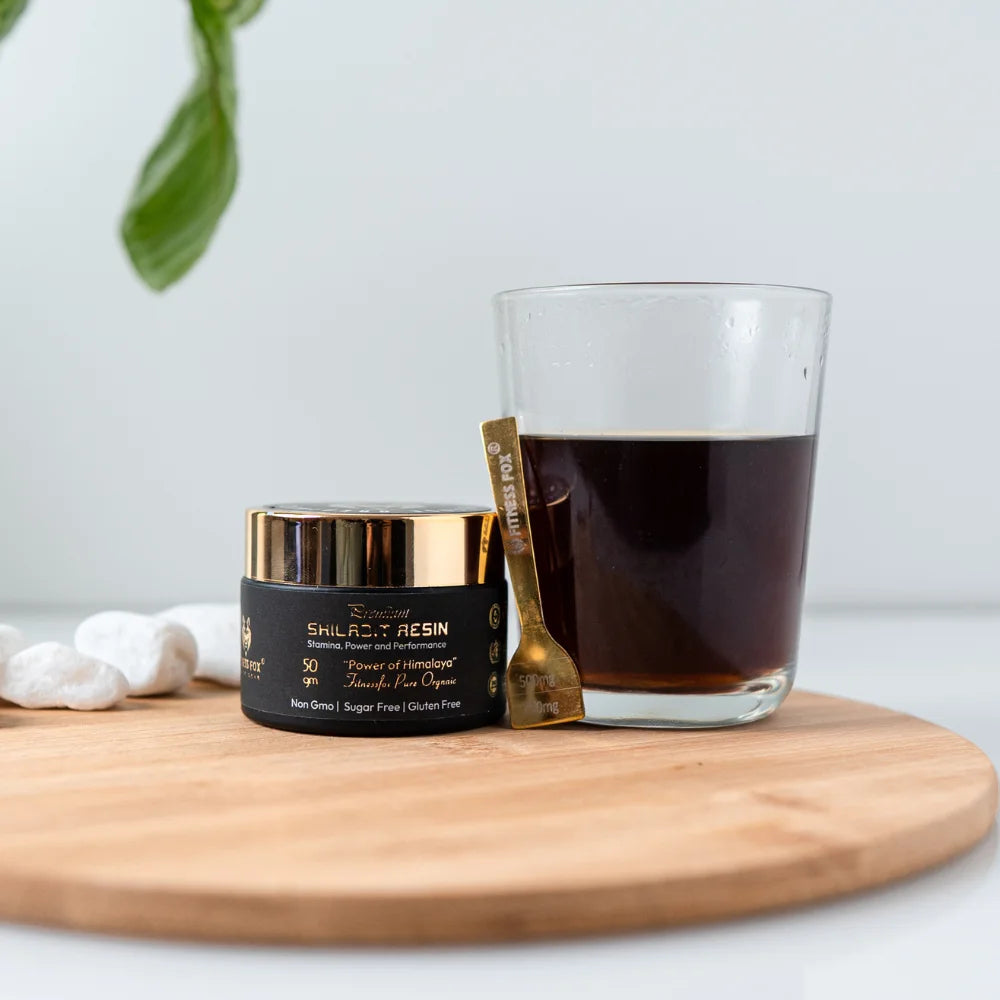
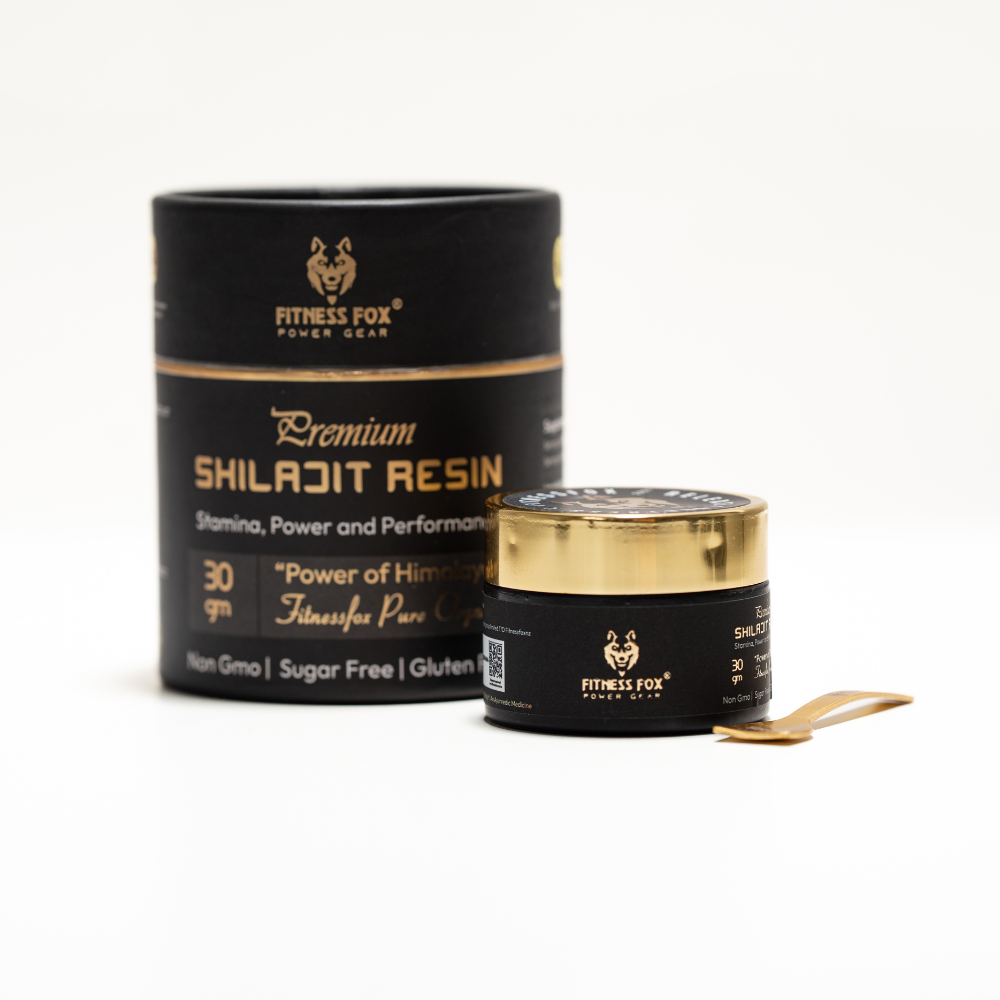



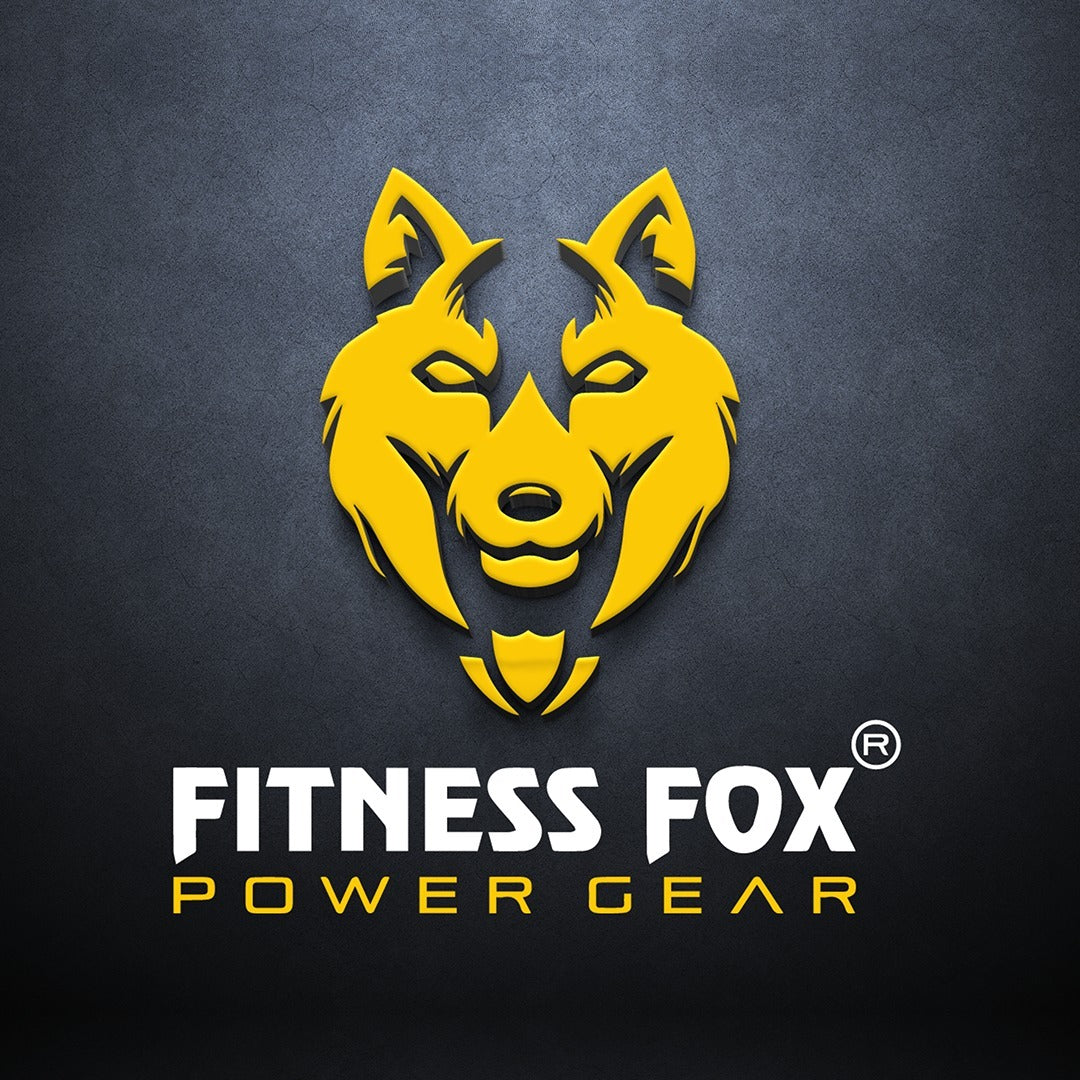
Leave a comment